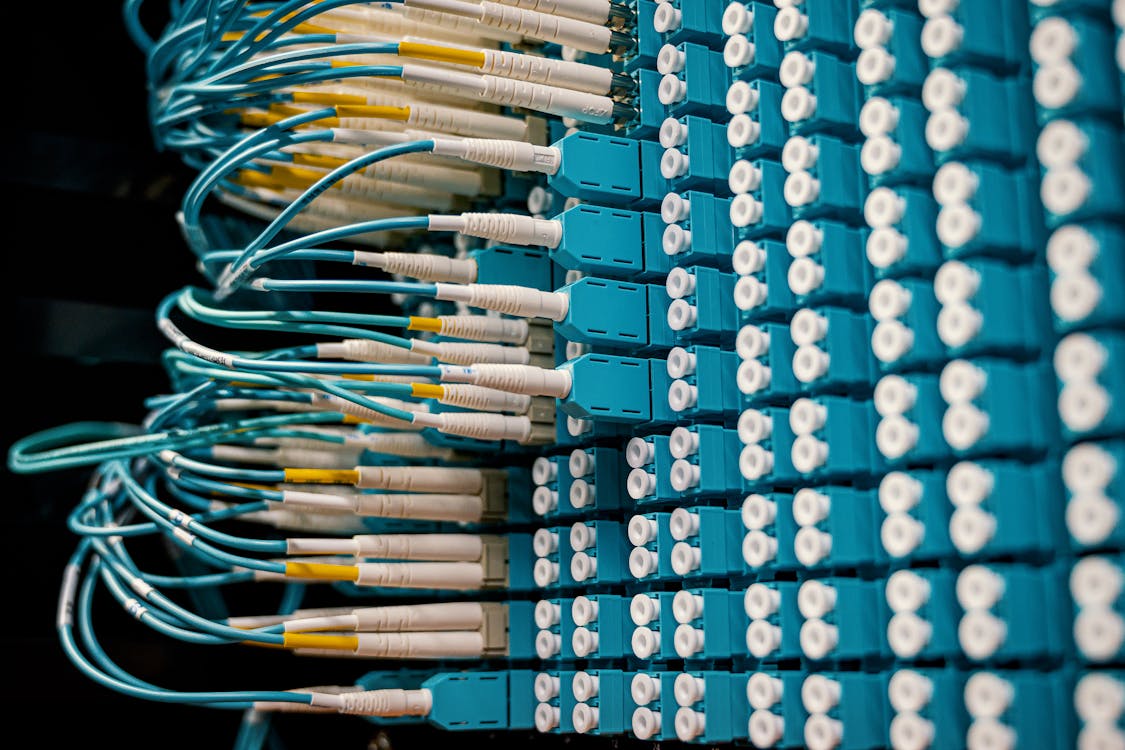Power Cord Safety: What To Do And What Not To Do

Power cords come in handy whenever there is a need to connect an electrical appliance with an energy source. These highly functional cords allow the users to power an array of regular usage devices with the additional help of either a wall socket or an extension cord. One may browse through a wide variety of power cords to meet the voltage standards of their electrical items to ensure a safe connection.
Power cords are one of the safest and easiest ways to run electric appliances. However, they can also turn into fire hazards if the user does not observe care and safety measures. Below are some Dos and Don’ts for regular power cord users to minimize the chances of accidents.

Table of Contents
What To Do?
Check for Certifications and Approvals:
You must ensure that the power cords you’re buying come with the seal of approval from accredited labs and agencies. You can contact the seller or go through the website of your region’s regulatory bodies. For heavy-duty appliances, buy power cords with thick insulation to avoid overloading. You can cross-check appliance compatibility with your cords by going through the user manual. Always ensure that your switch power cords’ gauge and length match the power requirement of your devices. Also Read: How Data Science Is Changing Corporate Industry
Placement is the Key:
Arrange your power cords away from trafficked regions. The right placements minimize the chances of tripping and keep the cords protected from wearing. Using multiple power cords for various devices to avoid overheating is always better than plugging everything into one socket. A color-coding system can benefit you immensely if you’re managing multiple cables. Place your switch power cords above rugs and carpets to allow an even distribution and release of the heat. Anything that disrupts the release of excess heat can cause a fire.
Caring ensures longevity:
One should always store power cords indoors. While unplugging the device, make sure that you pull the plug and not the cord. In the case of low-wattage appliances, installing an inline switch power cord can add to your convenience without requiring you to push/pull the plugs regularly. Remember to cut the hot wire while you perform the installation. An inline rocker switch can help you provide the longevity of your power cords by delivering more control over the voltage supply to your devices. Keep a regular check on your power cords and discard the ones that appear damaged. If you observe any weak connections, consult with an electrician to protect yourself and your appliances from fire accidents.
Besides taking preventive measures, switch power cord users should also have crisis management. This means that you should know what to do if there is an accident on your premises. You should have the contact numbers of the nearest firefighting department and the electricians who know the wiring of your premises.

What Not To Do?
Avoid Bending and crimping:
To maintain the insulation of your cords, make sure that you never bend them. Trying to fit power cords into small spaces by applying pressure can damage the outer covering of the cables, paving the way for shocks and accidents. Taping or stapling the cords is another mistake that can increase the chances of fire hazards by damaging the insulation.
Overusing is detrimental:
One should not overload power cords with high-wattage devices. Never exceed the recommended power capacity of your cables and wires. If you observe overheating in your cords, pull the plug and discontinue using them
Keep water and snow away:
Water is highly conductive. Hence, placing power cords near water or snow is a bad idea. Avoid keeping your switch power cords in areas where water can easily come in contact with open connections to decrease the likelihood of shocks and accidents.
Do not leave power cords unattended:
If you have pets and children, you cannot afford to let your switch power cords hang or lay in plain sight. Live connections can severely harm pets and young children. Tangled cords can also cause tripping, resulting in serious injuries.
Never restrict the flow of heat:
Taping or hiding extension cords under furniture can block the release of heat. This blockage can weaken your connections and harm your appliances. It can also increase the chances of overloading, causing fire accidents.
Conclusion:
Power cords are a convenient means to provide energy to electrical items. However, they require proper care and vigilance to stay efficient and last longer. You can increase the longevity of your power cords by controlling factors that can wear them out or cause accidents. If you’re using multiple power cords, you need to exercise more care to ensure your safety. Never forget to scan your appliances’ user manual to confirm you’re using the right cords. Maintaining separate cords for devices with different wattages is always a great way to maximize user safety.
In case of confusion or uncertainty, it’s always best to call an electrician and have your connections checked. Using power cords the right way will serve you effortlessly, posing no threats to your safety. You can rely on their efficacy as long as you follow the guidelines provided by the respective manufacturers.
![Brighten your Space up with Custom LED Lights [Eye-catching gift idea!]](https://www.dekumeaning.com/wp-content/uploads/2022/12/Neon_Signs_X_Georgia_Russell-0019_1800x-800x450.webp)




